A comparison of Crusoe Buildings (on the right, looking west) - with a circa 1900 view at the top and a contemporary view below. Not much changed? On closer inspection the Crusoe Buildings have undergone a fair amount of remodelling over the last 120 years, with significant changes to the window arrangement and an attic conversion. It was modernised and reconstructed in 1936 according to the newspaper archives. Recent years have seen further renovation. Happily, the statue is unchanged - although it did enjoy a holiday in Glasgow in the 1980s.
Capturing this view without cars featuring in it, is impossible today and no longer does the road feature physical evidence of horses. A new window has appeared in the gable end of neighbouring number 97. The church bellcote has gone and indeed the church building is no longer in use as a church.
Below some small details are picked out. Note the child at the door of the former 'Very Crafty' shop. The buildings once housed a Barber's Shop (see announcement from 13 June 1912 Leven Advertiser further below).
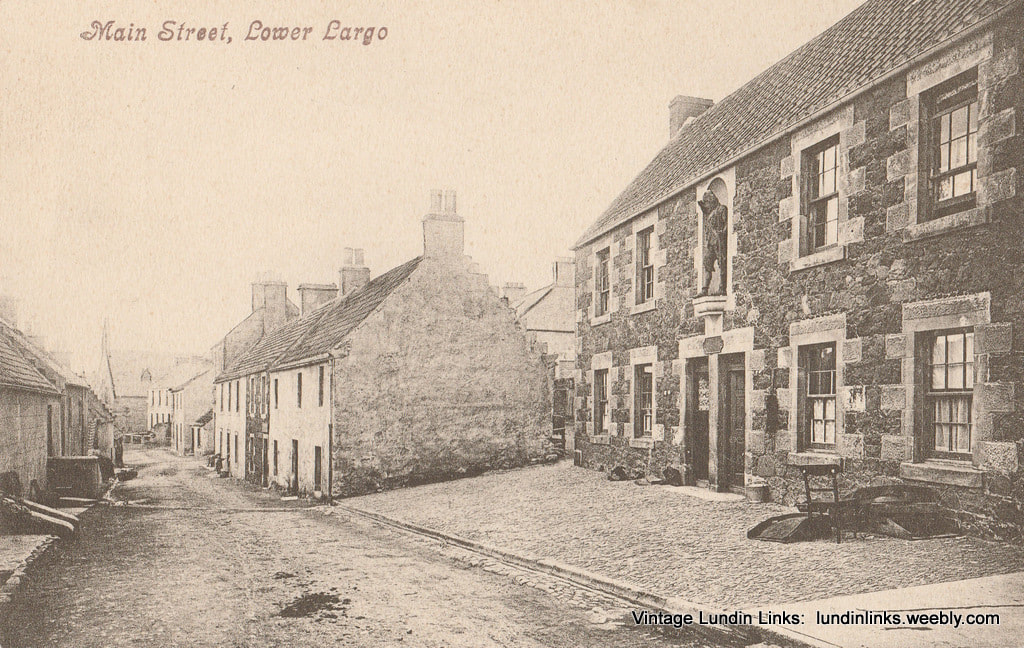
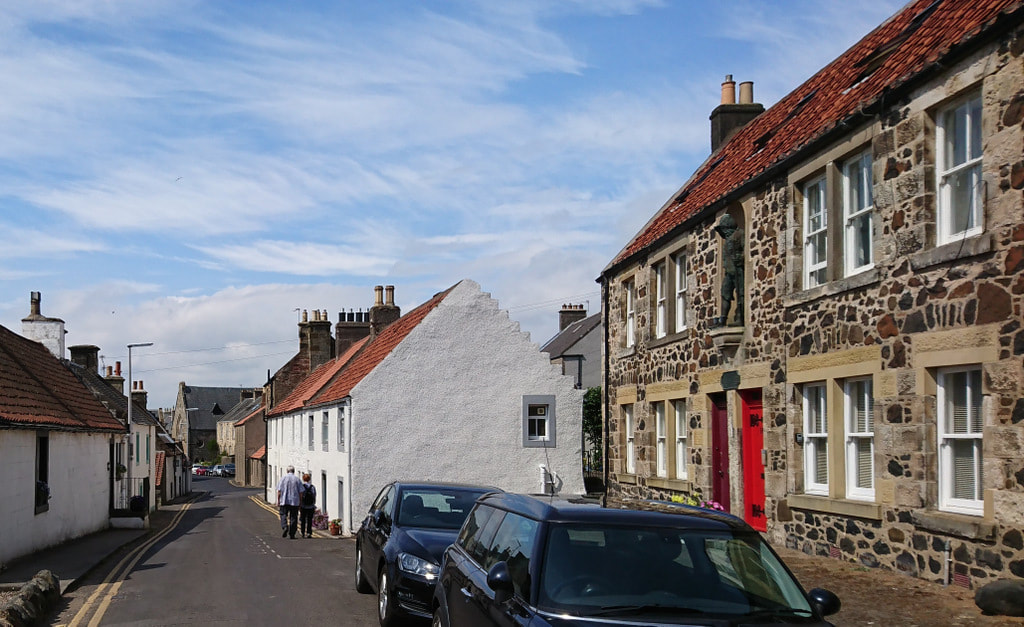
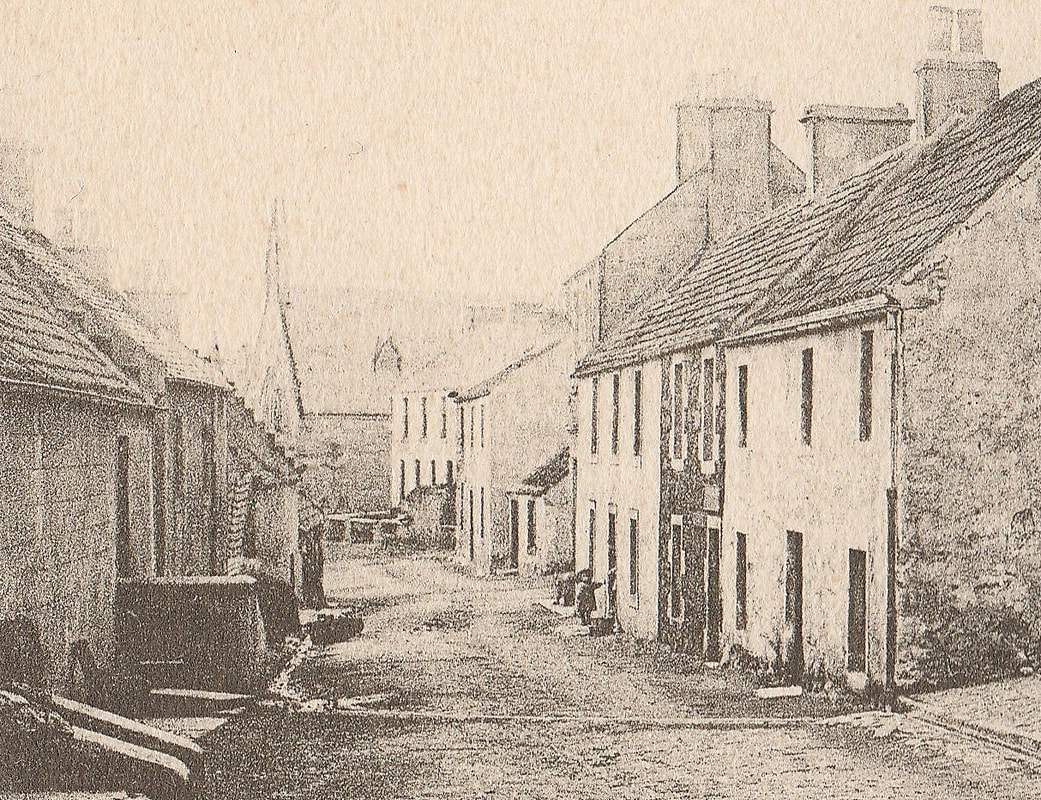
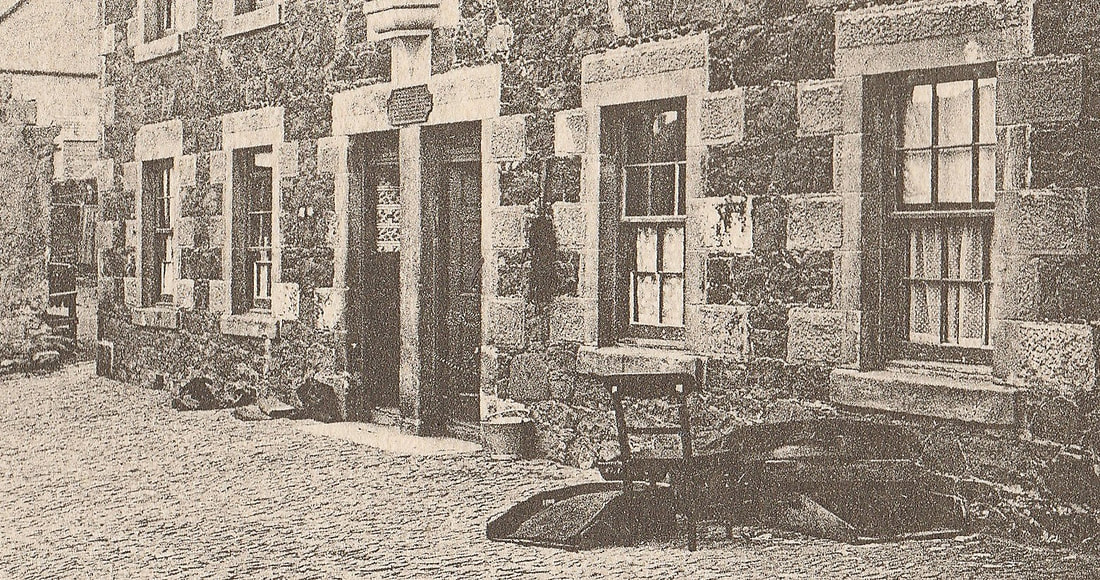
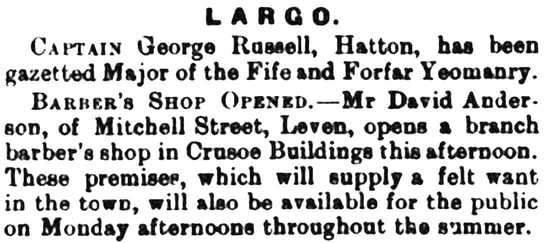
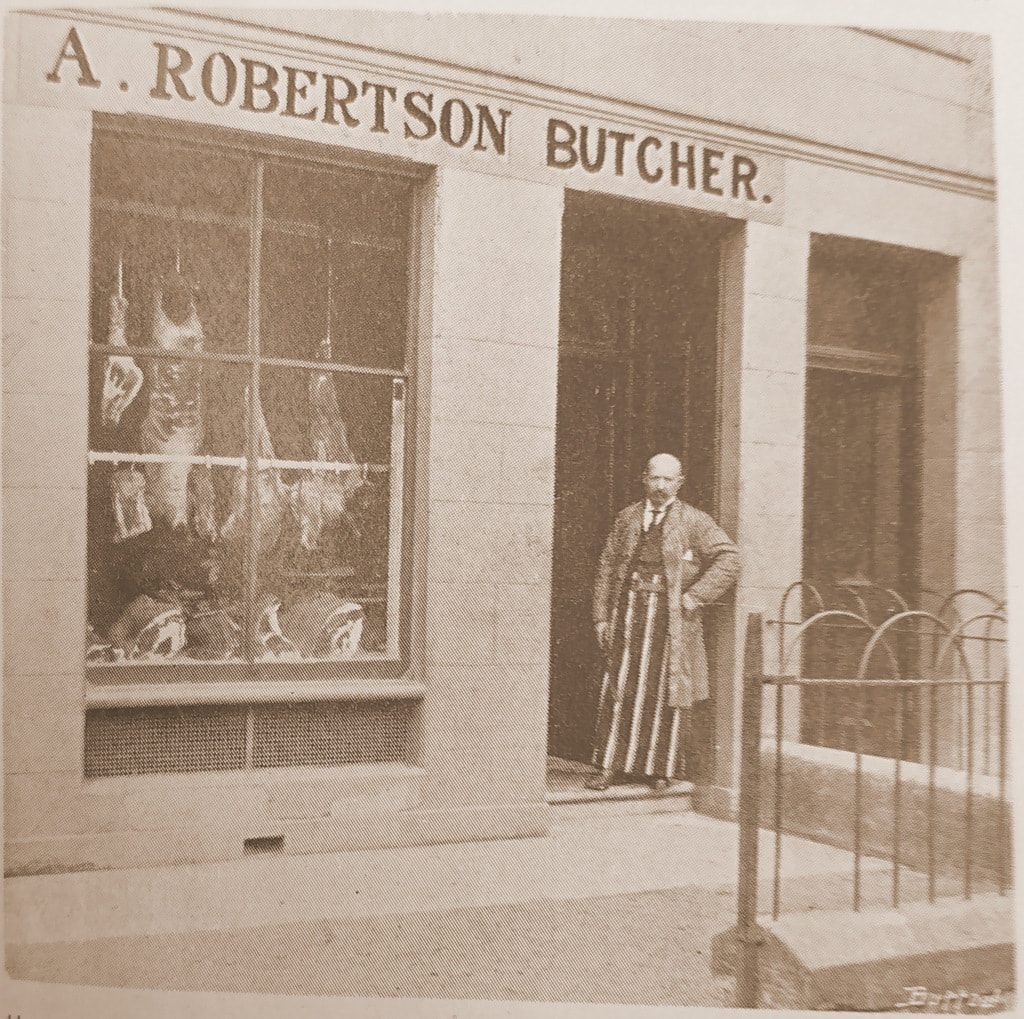
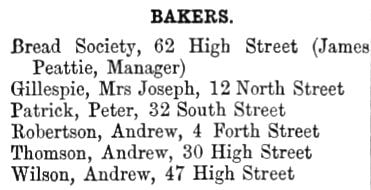
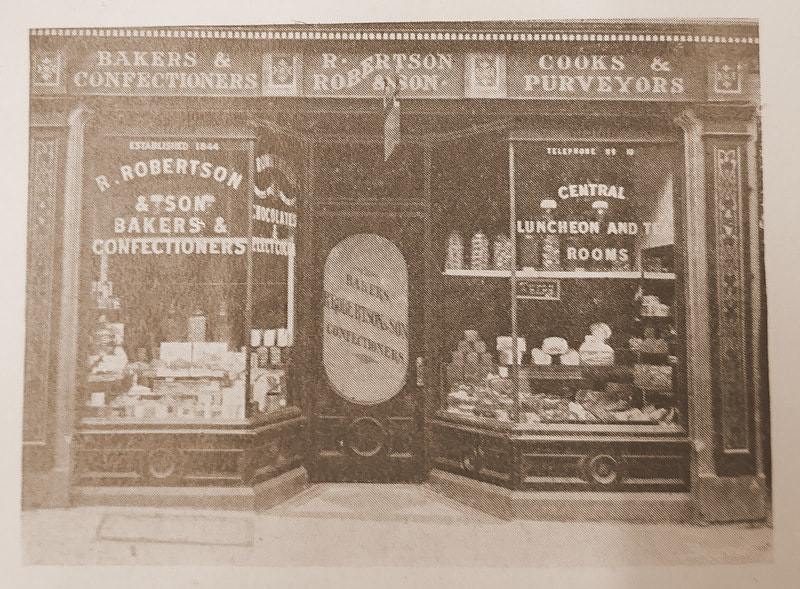
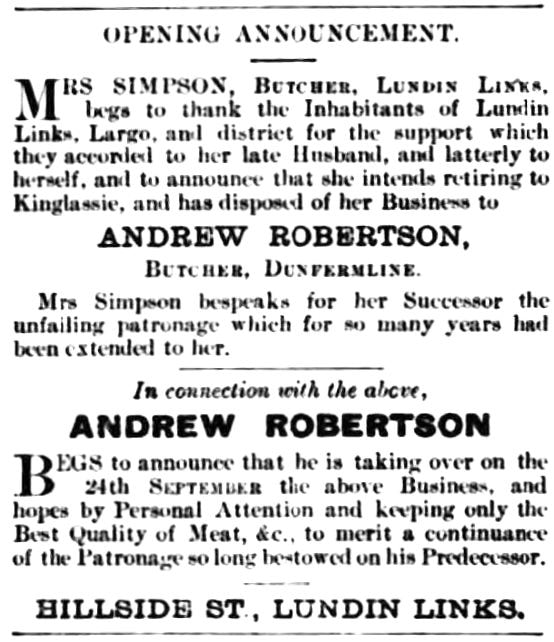
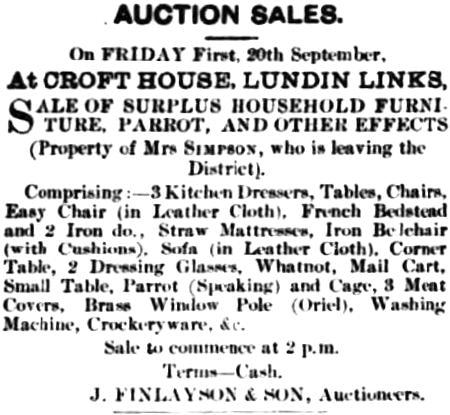
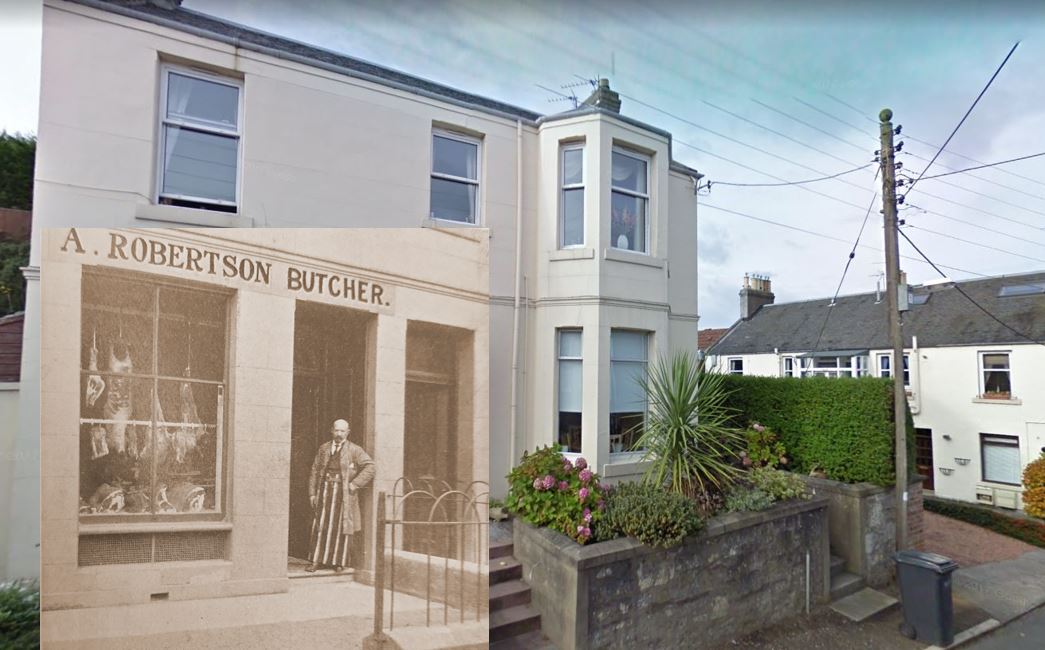
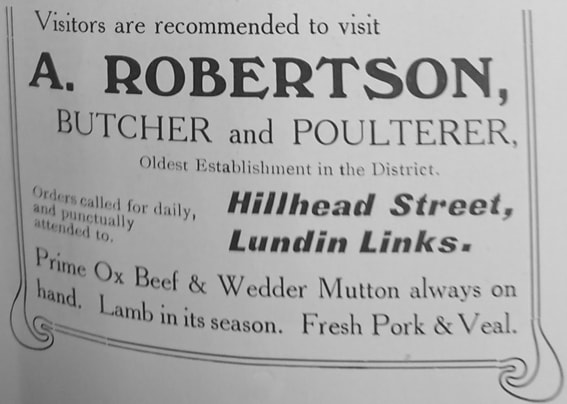
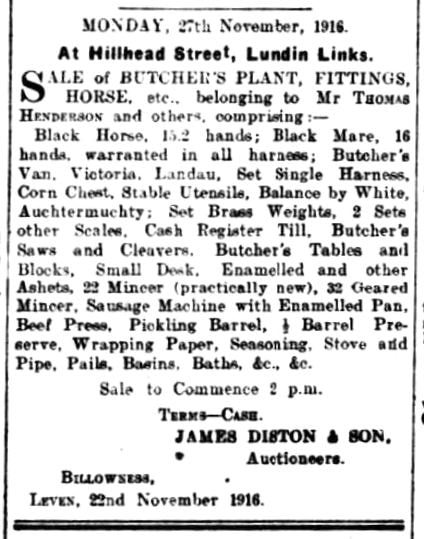
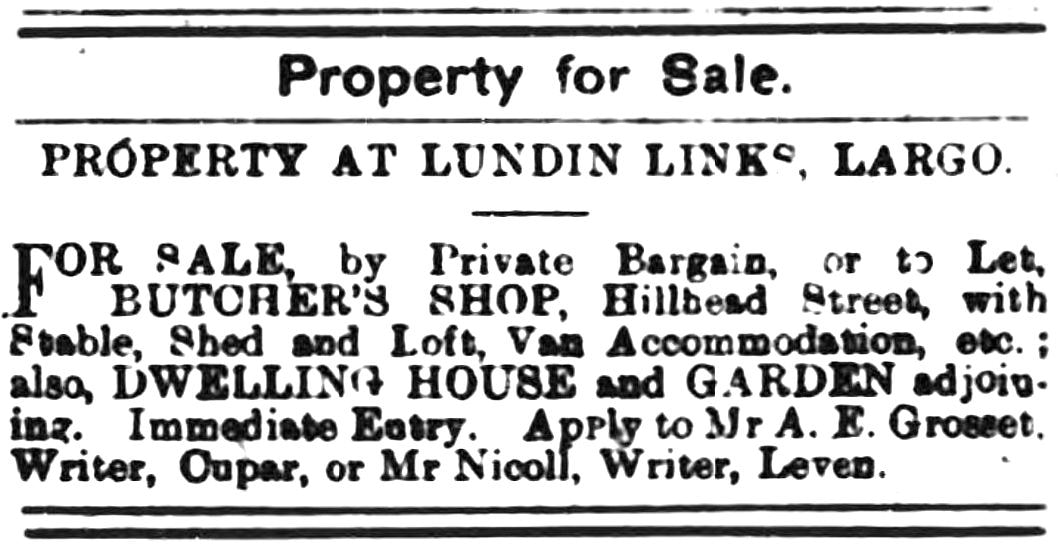
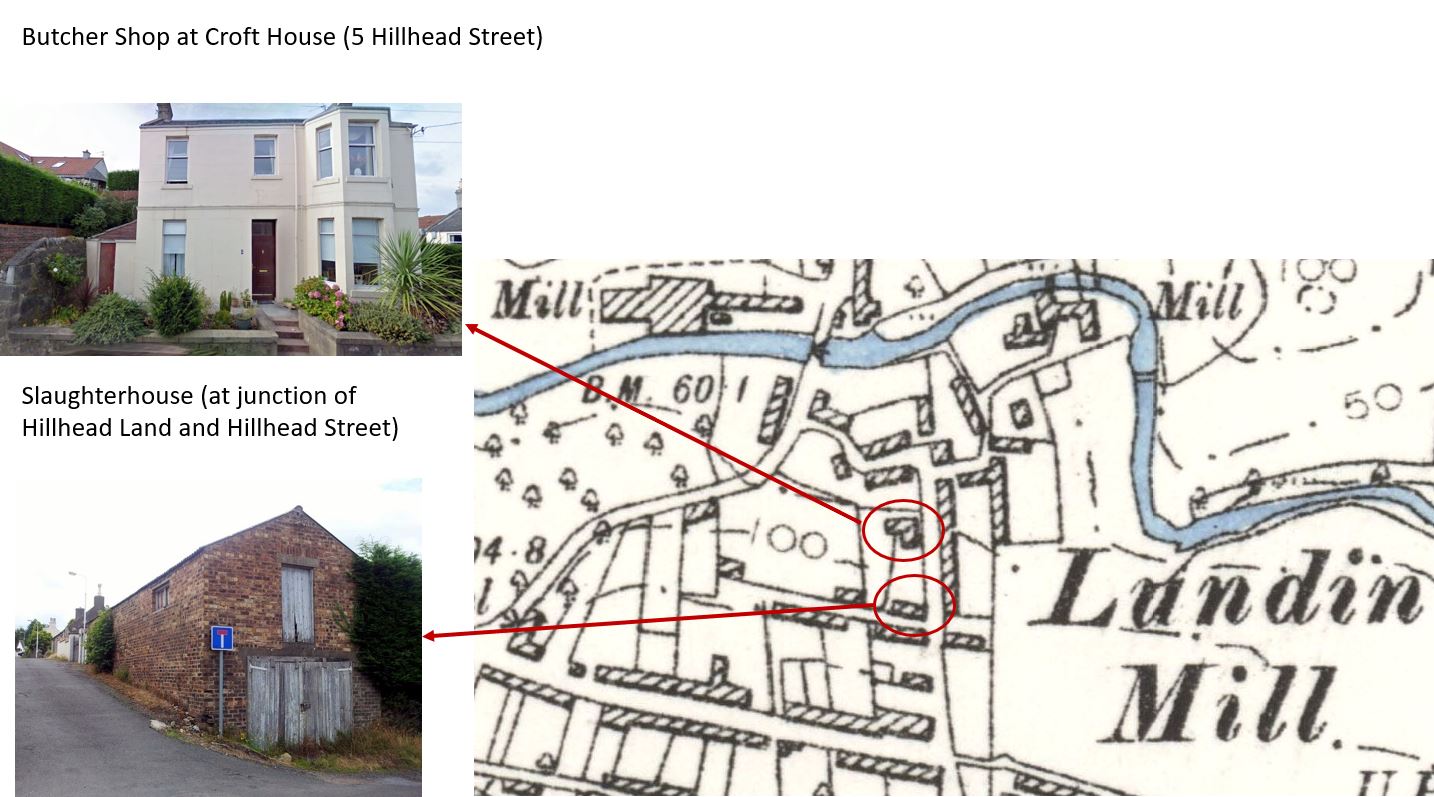
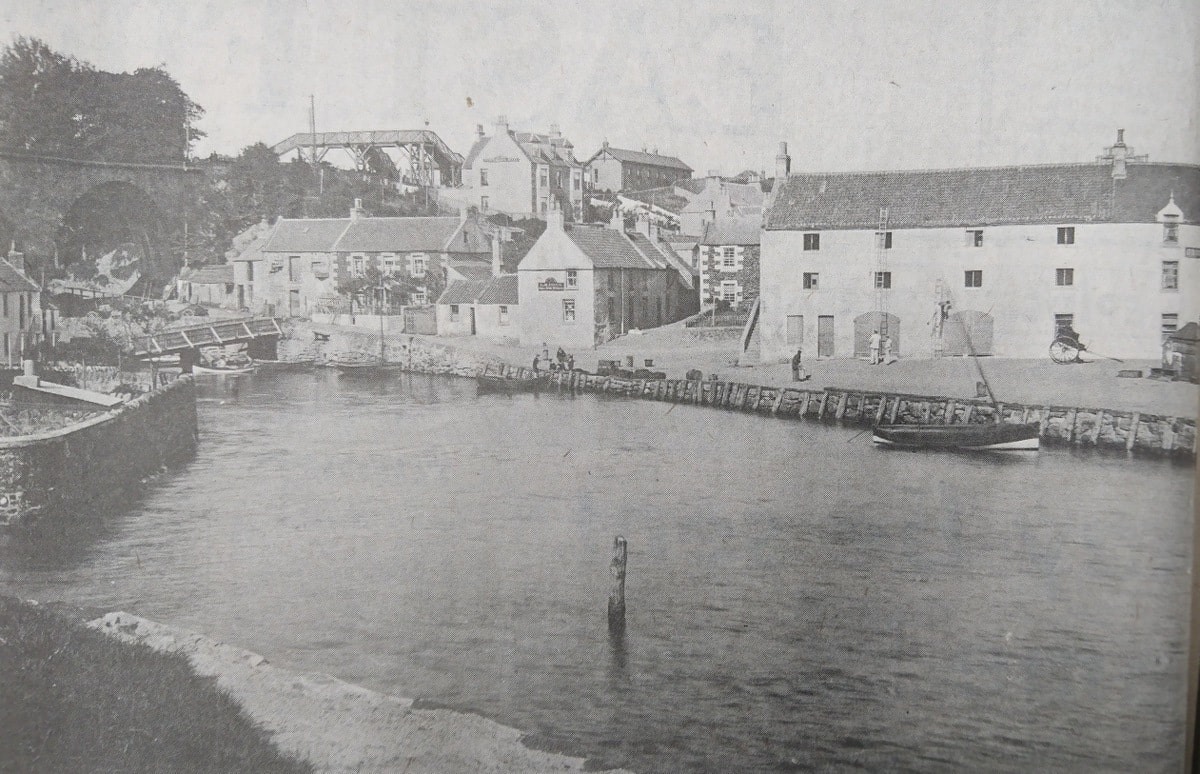
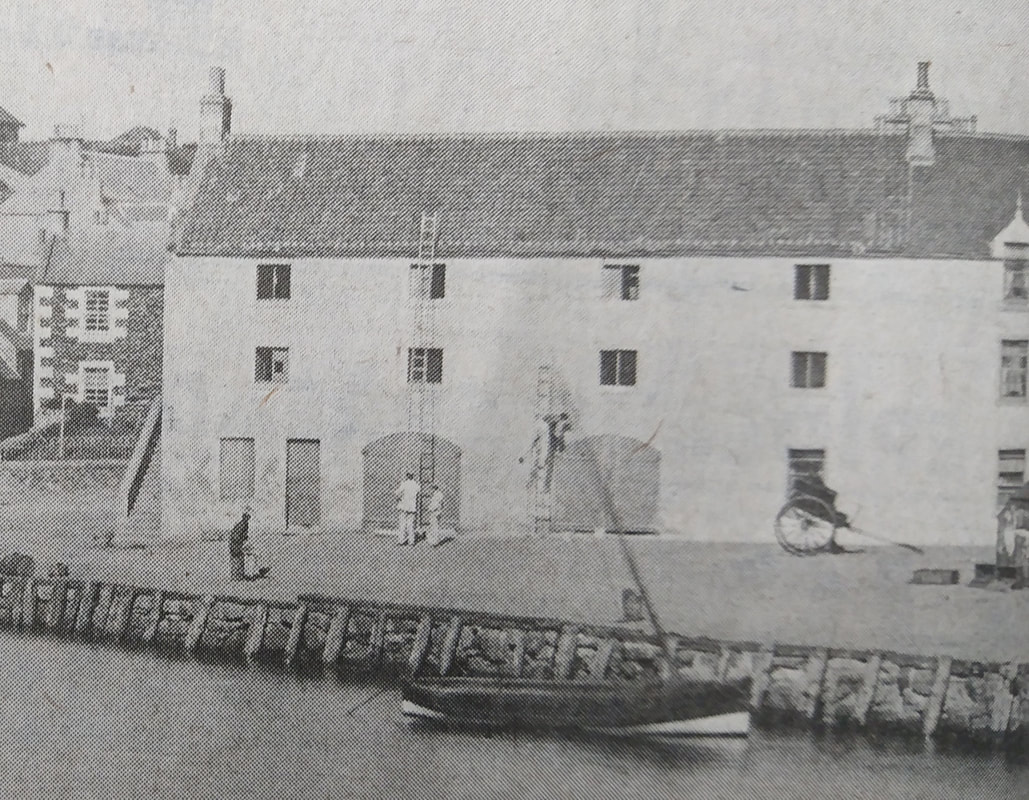
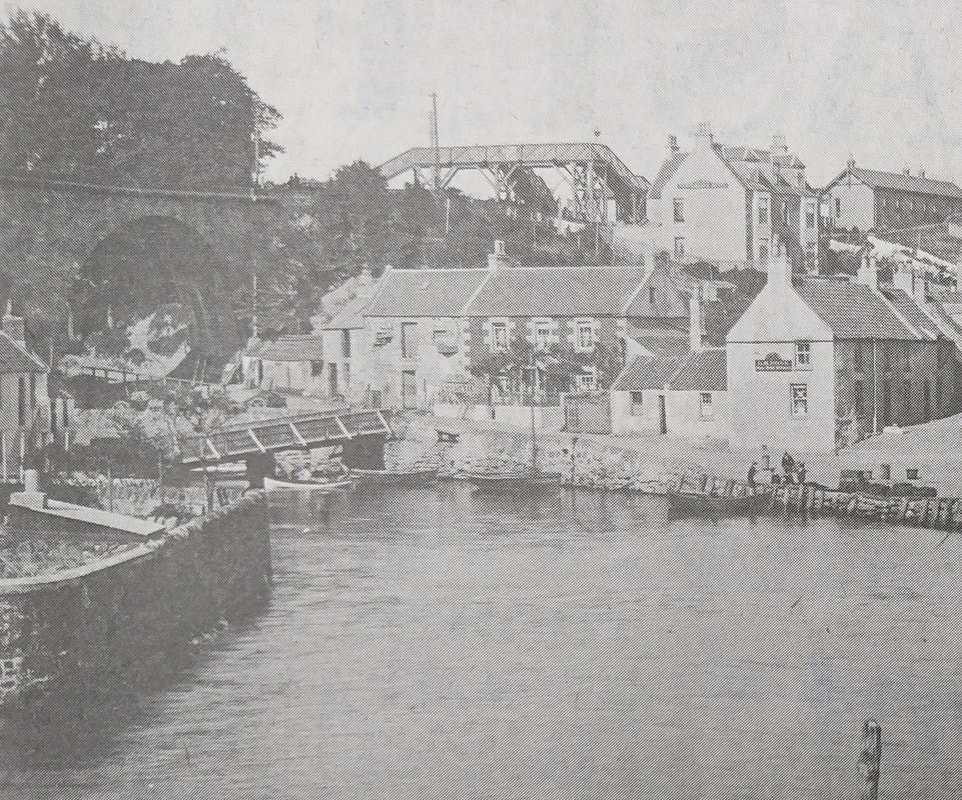
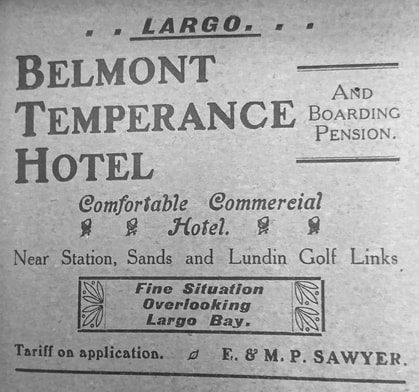
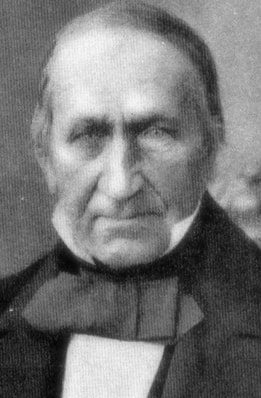
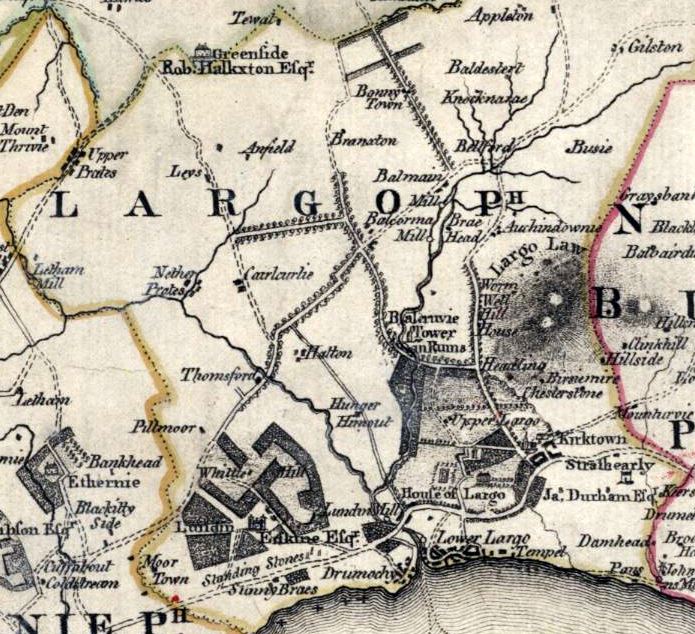

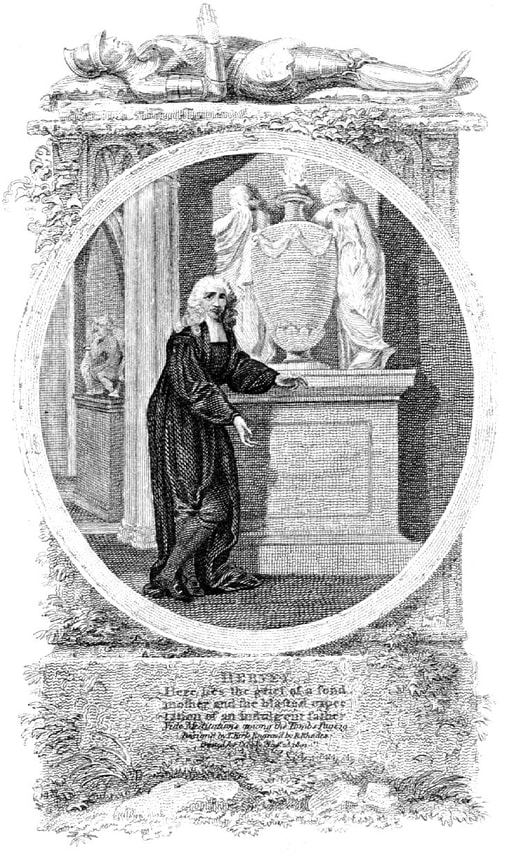
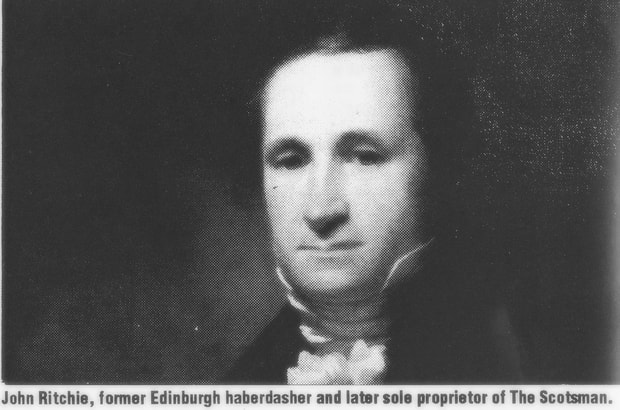
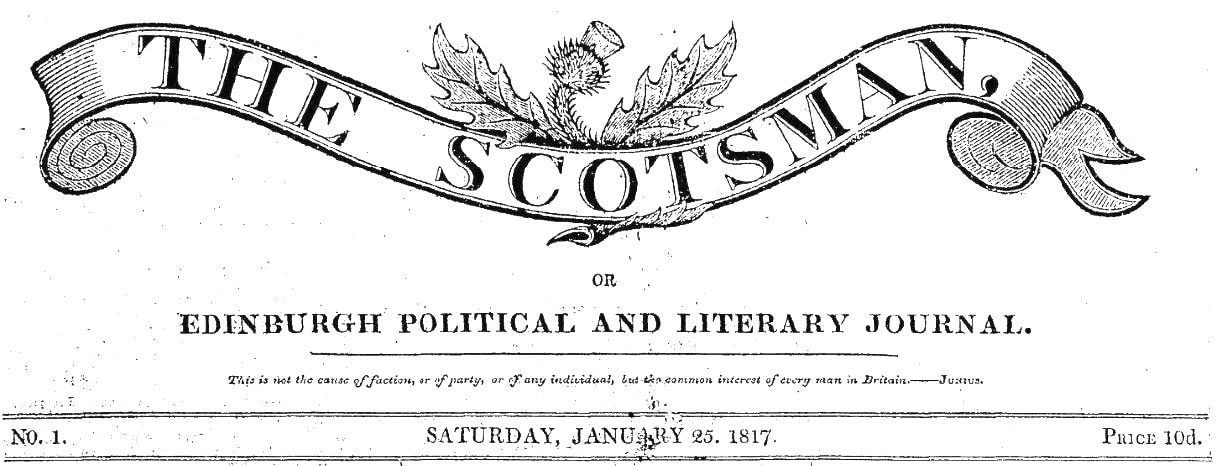
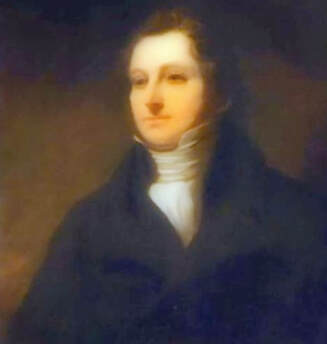
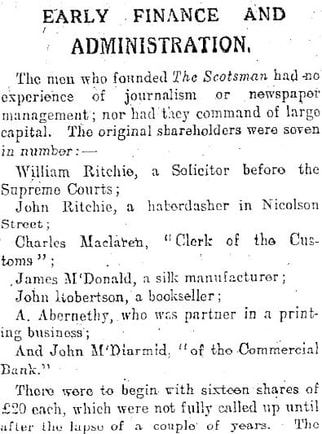
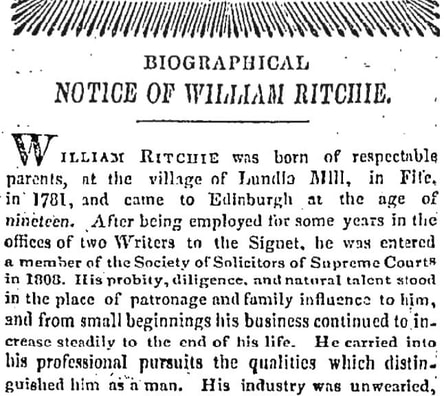
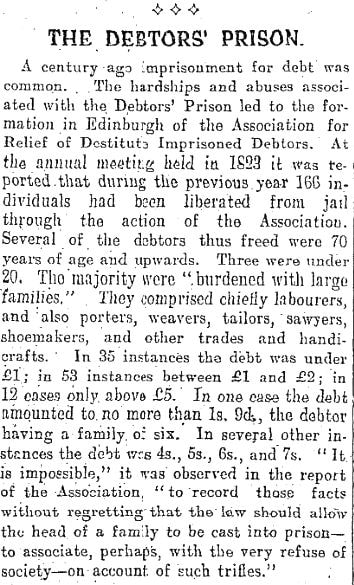
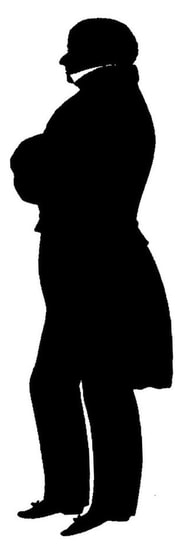

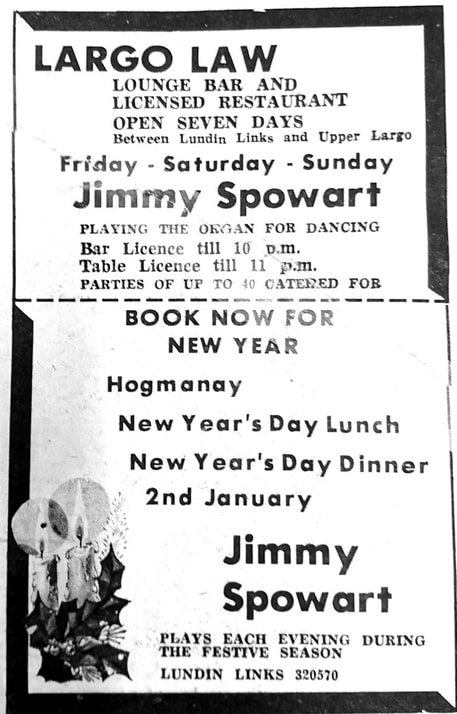

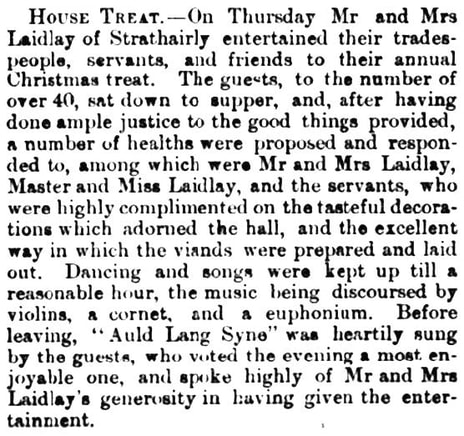
 RSS Feed
RSS Feed
